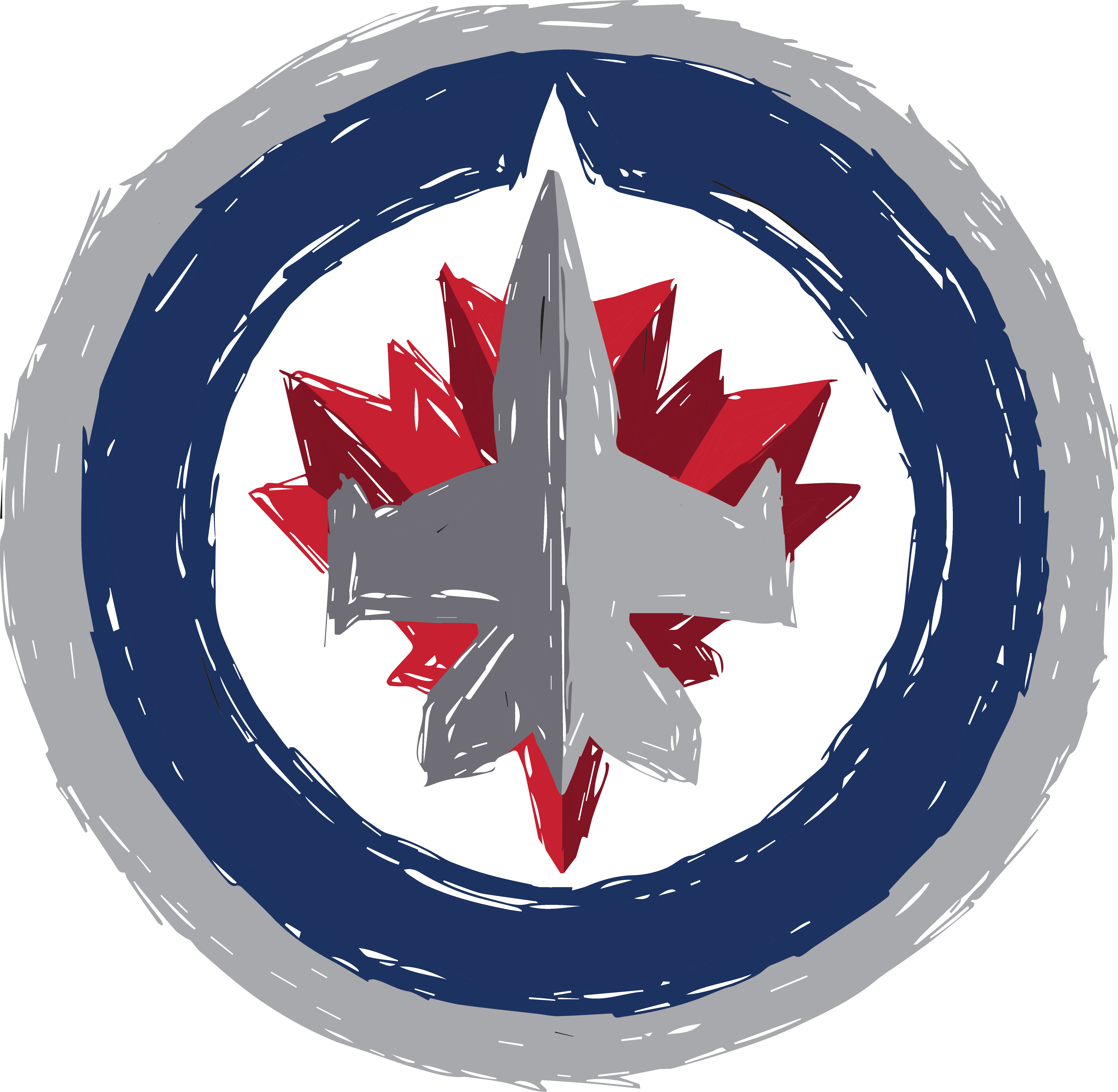If Ken Dryden called the shots, headshots would no longer be a part of hockey.
He said he hopes this sentiment will be shared by anyone who reads his newest book, Game Change: The Life and Death of Steve Montador and the Future of Hockey.
“It really is the idea of trying to convey the stakes in terms of head injuries,” Dryden said. “So instead of it being a player that’s out of the lineup for a couple of weeks and then back, it’s what’s the life effect, what happens when you do have head injuries.”
In the book, Dryden tells the story of Steve Montador, a 12 -year veteran of the NHL, best known for his time with the Calgary Flames. Montador was found dead in his home in February 2015, just four days before his wife gave birth to their son.
“In the last couple of years in particular in his career he had a series of concussions,” Dryden said. “He had a few others at scattering moments in his life, probably starting when he was about 12, but nothing terribly notable or something he or his parents paid any major attention to.”
Following his death, Montador was diagnosed with chronic traumatic encephalopathy (CTE), a degenerative brain condition linked to depression, dementia, impulsive behaviour, and suicide. The cause of CTE is widely considered to be repeated head trauma, and has been linked to the deaths of Wade Belak , Derek Boogaard , Rick Rypien , and Todd Ewen .
“I thought that what the whole discussion needed was something that was pretty comprehensive,” Dryden said. “Starting with the person, and so anyone that’s a decision-maker would know the effect of the decisions they took.”
For Dryden the answer is clear: create a black-and-white rule to stop hits to the head. No more intent, no more excuses, and no more headshots.
“Part of it comes back to what kind of hits happen,” he said. “It’s no hits to the head, no excuses. It’s not whether your head was down a little bit or up a little bit, or whether it was with your shoulder, you elbow, or a high stick.”
According to Rule 48 of the National Hockey League Official Rules, “a hit resulting in contact with an opponent’s head where the head was the main point of contact and such contact to the head was avoidable,” constitutes an illegal check to the head. However, referees must determine if the hit was intentional, or if the victim put himself in a vulnerable position.
For Dryden, this is simply not good enough.
“Right now there are at least two rules in the NHL that don’t offer wiggle-room,” he said. “One of them is in terms of the shooting the puck over the glass, if you’re in the defensive zone you can’t shoot the puck over the glass or else it’s an automatic penalty.”
Dryden also used the puck-over-glass rule as a response for anyone who would complain the new rule would be too much of a disruption.
“What happened initially was all kinds of arguments,” he said. “And what happened a month after that? No more arguments, you go right to the box, player adapts, coach adapts, teams adapt, and you get on with the game, no big deal.”
Dryden said he knows that changes need to be made, but it’s now up to the NHL to set the tone, and everyone else will adapt.
“Gary Bettman is the commissioner,” Dryden said. “If things are going to be much different about this in the next five years, it’s going to be with Gary Bettman as the commissioner.”





